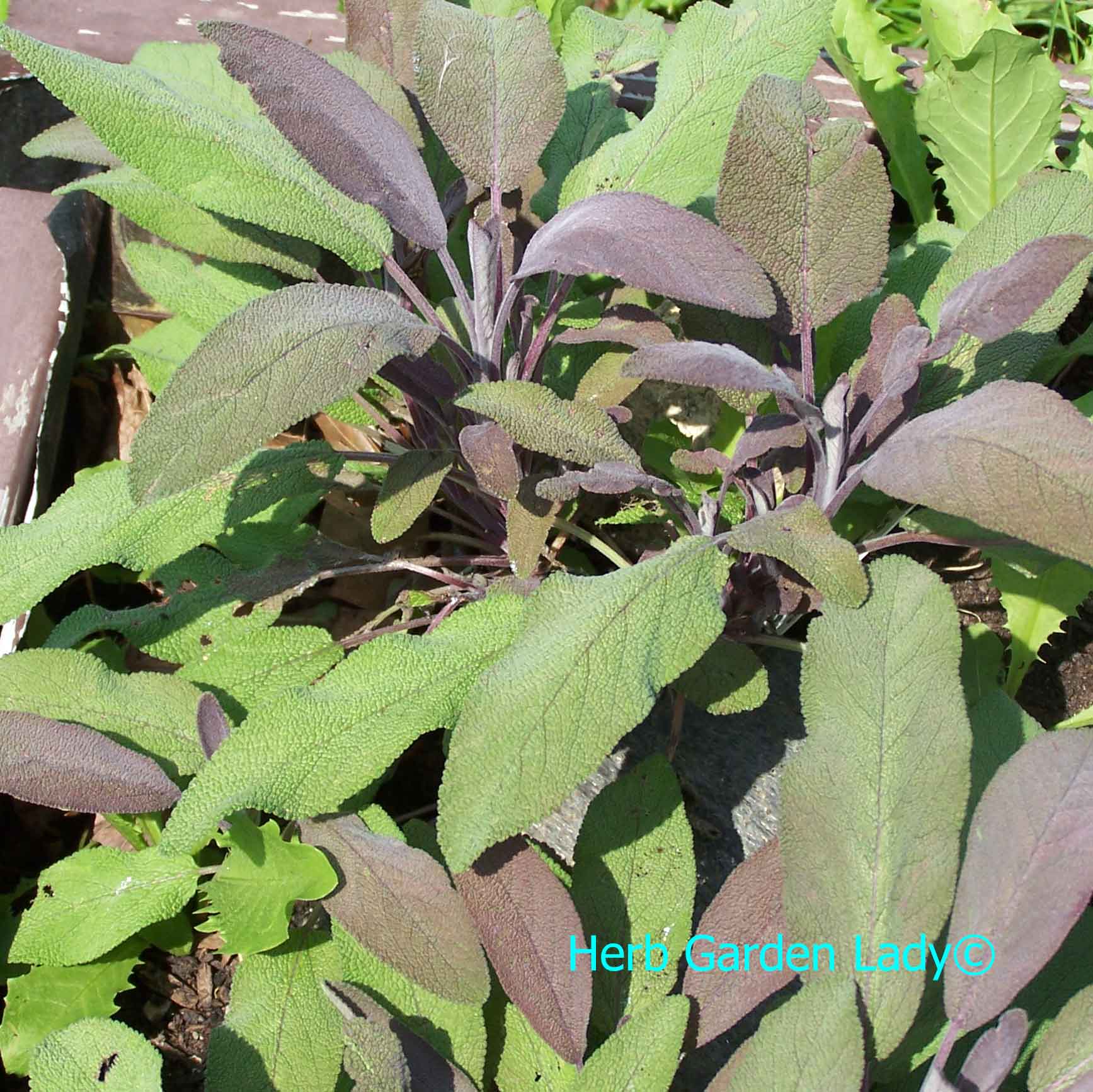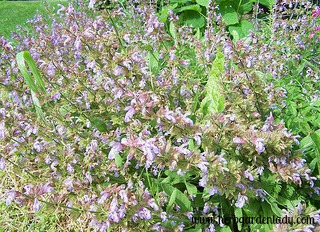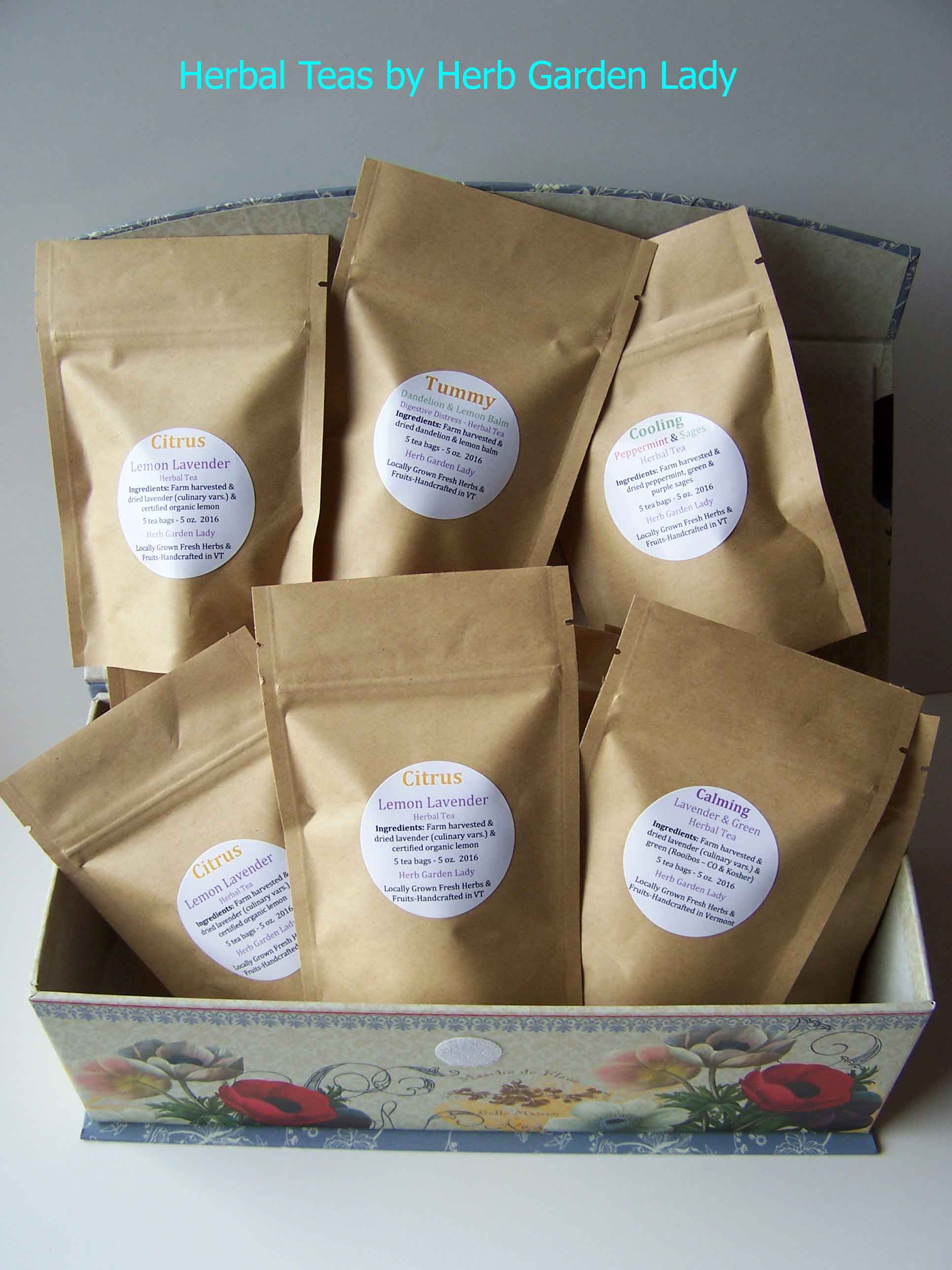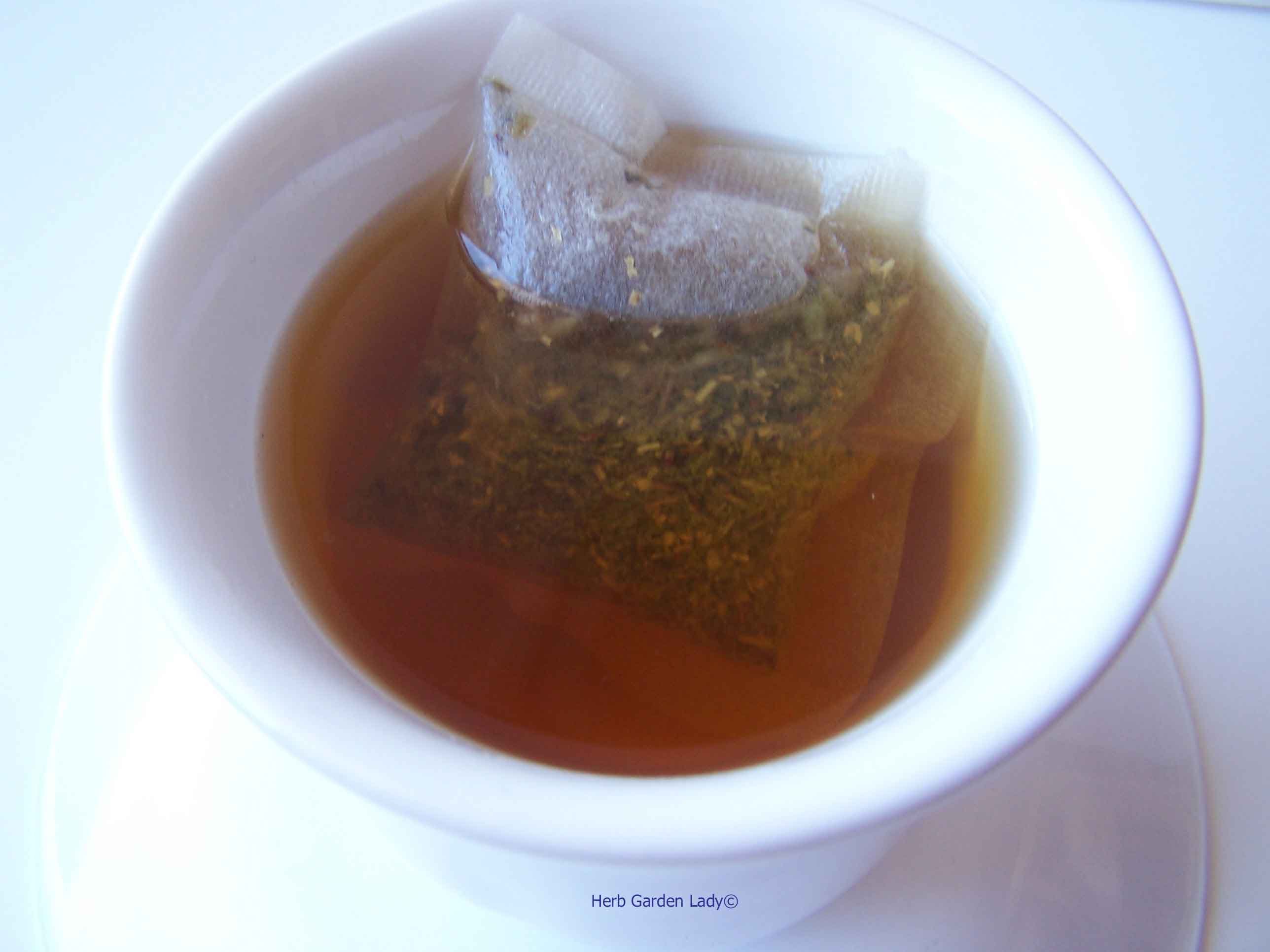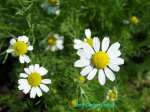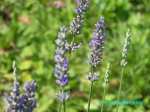Sage Herb
Plant For Pest Control & Medicinal Use
What's Your Hardiness Zone?
Sage herb – here’s the run down on growing this amazing herb.
Get to know the your zone hardiness.
This plant zone ranges from 4–9 and other sage herb plants range from 7–10. This is a hardy perennial shrub that needs to be replaced usually every 4-7 years. There are many types of sages to choose from, but the most used are common sage, purple sage and tricolor sage.
See USDA hardiness zone for your area.
Soil Temperatures
Soil temperature ranges from 60–70 degrees Fahrenheit.
The soil needs to be well drained, sandy is preferable with rich composted soil for robust growth. Put some blood meal to add some nitrogen to keep it green and not yellow and a pH of 6 – 6.5 are ideal.
Buy the plant or start from seed.
Check for pests lurking underneath the leaves or in the soil such as worms or mealy bugs. Although it's not known to have a lot of pests you don’t want to invite any unwanted guests. I find that mold and fungus are the usual culprits, so look for a healthy plant first.
You can grow this common herb from seed, but cuttings are quicker and easy to do. Snip off a stem with some leaves and dip it in rooting hormone. Next, place the herb in sand or layer it in a pot with seed starter mix. Place the herb plant in a nice sunny spot next to a window, where you’ll see it, then water lightly every few days.
Transplanting
Transplant time
Choose a nice sunny spot with good drainage.
This plant doesn’t like it wet all the time. Light, dry, alkaline soil is this plant preference. A sandy texture to the soil.
Plant it as a border herb, in the vegetable garden near the cabbage family or in a pot to rearrange at your leisure. Sage is a great plant for indoors with sun.
Dig a hole.
Just like little baby bear, “not to big and not too small”.
Put my secret potion in – compost mixture.
Peat moss, organic compost is preferable, cottonseed meal, bone meal or organic herb fertilizer and mix well with lots of water. Put a good portion of the potion in and spread it around in the hole so the roots come in contact with the compost mixture.
Plant the sage herb.
Yes, the roots must be wet before planting so their not struggling to get water and their ready to take off and grow on their own. Well…they still need your care now and then.
Don't Over Water Sage
Water it.
Just a little will do. It doesn’t like wet feet or the leaves will turn black and begin to mold.
Harvest time.
In about 4 weeks, during the summer season, your sage will be ready to harvest. Pick the leaves before the flowers appear for the full health benefits.
Purple sage is the most medicinal - pictured above.
Pick the flowers and add to salads or infuse for a mellow, balsamic tea.
Caring for your new sage herb plant.
When your sage plant is done flowering and supplying nectar to your beneficial insects it’s time to give it a trim. This prevents it from becoming to woody and big. Mine grow to about three feet wide and then I give it a trim.
It will give you another supply of good, fresh, tasty leaves.
If you see the leaves starting to yellow and you’re not at the end of the growing season then your sage herb plant needs more room to grow. Make more room for it and don’t forget to add more of the secret potion. Or you can add some more organic compost from rotten leaves, horse manure, cow manure or your local garden store center.
If you see small green caterpillars, remove them by hand or just pinch off the leaf dispose of it.
Harvesting
Flower:Salads or tea
Leaf: Cook with rich fatty meats: pork, duck, sausage or organ meats.
Use fresh leaves to make sage vinegar or sage butter.
Infuse some leaves to make a throat gargle when you have a sore throat for its antiseptic benefits.
- 1. Place the herb in a strainer or tisane cup and place the strainer in the cup. Fill the cup with freshly boiled water.
- 2. Cover the cup with the lid and infuse for 5-10 minutes before removing the tisane strainer. Then use as a gargle.
Or...
Infuse in a Pot
Depending on your tea pot, you'll need to warm the pot and then add your sage. Pour freshly boiled water into the pot, replace the lid, and let it infuse for about 10 minutes. Strain with a small strainer and it's ready to gargle. That simple!
Burn some leaves or boil to diffuse strong smells from cooking or pets.
This beautiful, medicinal herb is an antiseptic, anti-fungal, aids digestion and contains estrogenic properties to treat menstruation and menopausal symptoms, (hot flashes). It’s used to aid in the pain of diarrhea.
Sage herb tea right after a meal aids digestion of fatty foods and meats. Sage wine is a nerve and blood tonic to help with the body’s circulatory system.
Feeling ill, take sage herb tea to reduce sweating, sooth coughs, sore throats and cold discomforts. It works great for menopausal hot flashes because it reduces sweating.
Clary Sage: Take the seed and infuse it in water to remove foreign matter from your eye(s) painlessly.
As the ancient proverb says, “How can a man grow old who has sage in his garden?”
Sage means Salvia, “from the Latin salvere, to be in good health, to cure, to save, reflects its generous reputation thus resulting in longevity in life. So, plant some sage herb and live a long, prosperous, healthily life.
Warning: Do not take sage oil in large doses over a long period of time as it is toxic to nerve tissue.Do not take therapeutic doses during pregnancy or if epileptic.
Where to buy the plant best see…Richter's Herb and Vegetable Catalogue
